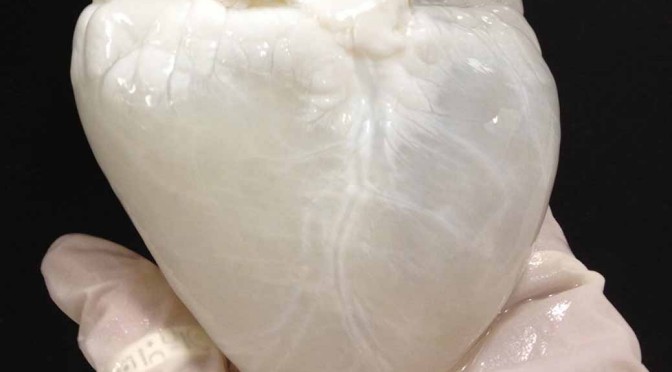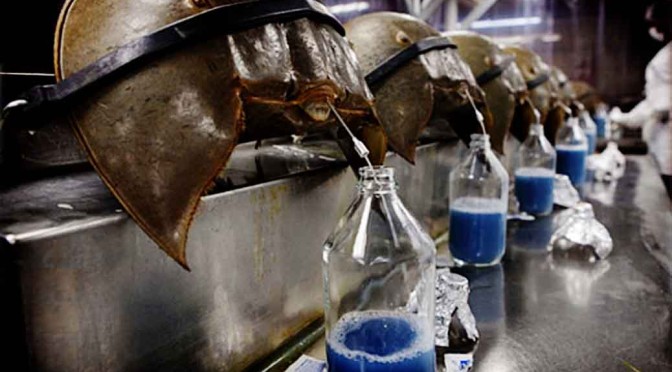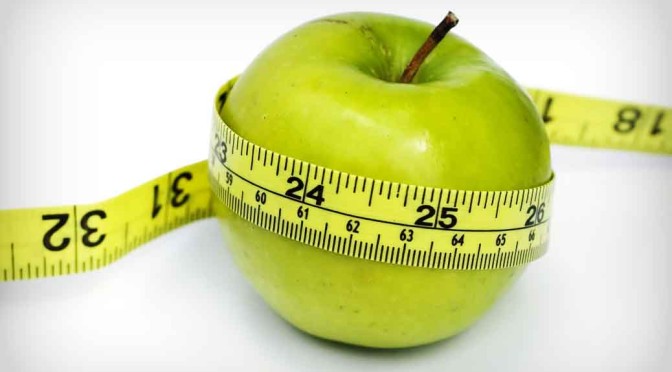By Anupum Pant
With every aisle in the supermarket mentioning “gluten free” at least 3 times, I was very curious to know what gluten really is, and if it really makes any sense to go for gluten free foods, or not. Like always, I didn’t just believe what was being seeded in my mind (that gluten free is a healthier food choice). This is what I’ve found after a simple online search. Thanks to the ASAPscience channel of Youtube.
Gluten is a combination of two proteins Gliadin and Glutanin. Hence the name, Gluten. It’s just protein. Gluten is like a binder, something that makes your bread spongy and makes food chewy.
Moreover, there’s no evidence that gluten is bad for you. Nor does it have any great advantages too. It’s just a part of a normal diet, which comes naturally with grains like wheat, barley and rye.
In fact, to bind gluten free foods artificially more fat and sugar is added. Which makes foods containing gluten a better choice actually.
Gluten is of course bad for people with the Celiac disease in which case, the affected people aren’t able to eat Gluten. But Celiac disease doesn’t affect most of us.
So, the supermarket evangelism mentioning “gluten free”, seeding the idea that gluten free food is healthier, is mostly out of confusion in this area – that it is bad for people with Celiac disease, not for normal people like you and me.
A very small percentage of us (people not having the Celiac disease) are also sensitive to gluten. Still, major part of the population falls out of both these categories.
So, unlike what supermarkets want us to believe, gluten free food isn’t automatically a healthier choice. In fact, it can be a worse choice in some cases where, to substitute the natural gluten protein, more fat and sugar is added artificially into foods.

















